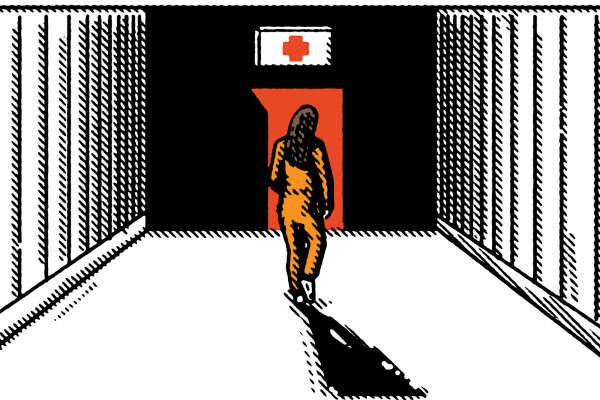IN SEPTEMBER 2020, reports emerged from the Irwin County Detention Center, an immigration facility in Georgia, detailing forced hysterectomies performed on migrant women held in custody. An Immigration and Customs Enforcement detention center in Ocilla, Ga., owned and managed by LaSalle Corrections, a private prison company, oversaw these surgeries in what have been described as appalling conditions and an “utter lack of care of detainees’ health” during the current COVID-19 pandemic.
Tragically, as too many people fail to realize, forced sterilizations are not a recent development. Rather, as a form of state violence they date back more than 100 years, when states across the country (beginning in 1907 with Indiana and followed in 1909 by Washington, California, and Connecticut, as well as many others over time) approved “eugenic sterilization.” These early laws passed by state legislatures allowed state officials to sterilize males and females—some as young as 12 or 13 years old—believed to have inheritable and incurable diseases or afflictions, including insanity, mania, or dementia.
Read the Full Article

